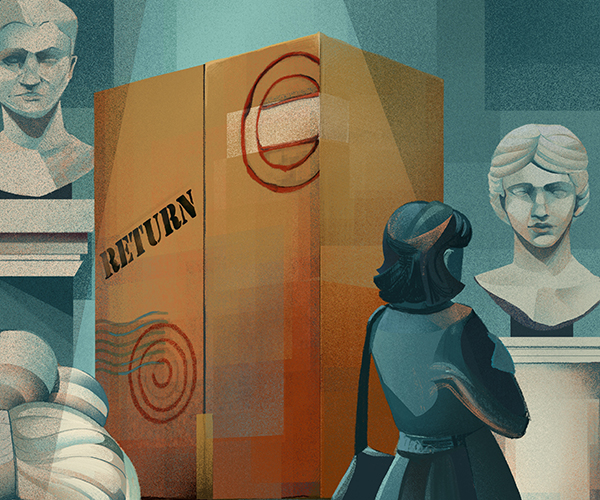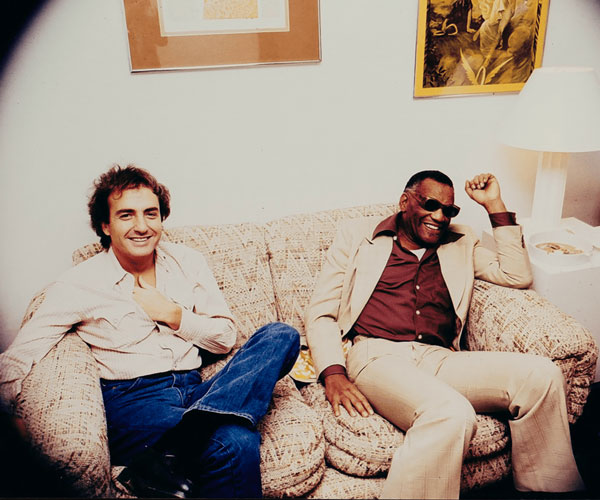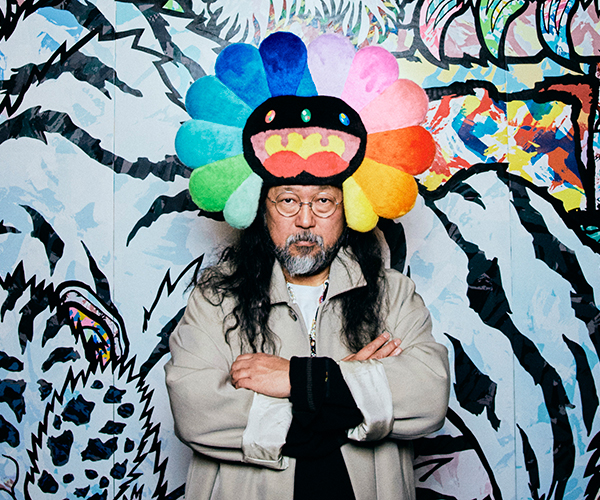Artist Julian Stanczak sets lines in motion. His works drive our minds to reassess what our eyes see: Is it illusion or reality?
Through the Looking-glass, part of a yearlong series called The Art of Julian Stanczak: A Retrospective, showcases 12 Stanczak prints from the early '70s at Case Western Reserve University's Kelvin Smith Library Art Gallery through Jan. 31. As the second of four installments, it gives us insight into his inspiration at the time.
"I was hungry for making some different prints on different materials," says Stanczak, who is known for his mesmerizing abstract paintings. The emotional and technological shifts that surrounded him at the time — from Woodstock and the first moon landing to the era's architectural reliance on glass and stainless steel —
especially appealed to him.
"I would look at the prints, and they are behind the glass, and there is a reflection of you," he says. "I said, 'Well, maybe the reflection can be also a part of a makeup of a piece.' "
It inspired him to create drawings on stainless steel foil and plastic, and later became the muse for works done with Felix Wahl, a local experimental printer, in 1973. Using thin pieces of stainless steel as the reflective backing, Stanczak created lines with oil-based inks that would muddle the viewer's sense of space.
"Because of the reflectiveness, it had to be simple," he says, of pieces such as Quadrille (left). "I love drawing, so I said, 'Why can't I be more graphic?' "



